Trauma to Triumph: A Rough Road for a Boston Stray
Three-Legged Cat Ready for Puurfect Home
In his first year of life, “Sal” has endured quite a lot, but with perseverance and the help of the Animal Rescue League of Boston (ARL), the rest of this handsome tabby’s years should be smooth sailing.
Sal was in rough shape when he came to ARL’s Boston Animal Care & Adoption Center in late February; he was thin, his fur was grungy, and he was noticeably limping. An initial exam revealed previous trauma consistent with being hit by a car. Multiple fractures on Sal’s right front leg hadn’t healed correctly, and he had also suffered a left hip dislocation. Despite all the injuries and chronic pain, Sal was in good spirits and very friendly. His road to recovery however, would not be an easy one.
“Because of the poor healing of the fractures and his complete disuse of his right front limb, it was decided that the best (surgical) plan would be to amputate Sal’s right leg,” said Dr. Chelsea Reinhard, Tufts Cummings School of Veterinary Medicine Resident.
Additionally, Sal needed surgery to address the hip dislocation. A femoral head and neck ostectomy, or FHO was performed, and is a procedure that includes removing the top part of the thigh bone involved in the ball-in-socket hip joint. This helps relieve the pain, and will allow Sal to form a false hip joint and improve mobility. The two surgeries were performed at a partner organization simultaneously, which meant less time on the operating table, but a more difficult recovery.
Needing a quiet place and constant monitoring to heal, Sal has been in foster care for nearly two months, and because of his grit and determination, has made tremendous progress.
“He’s made a slow but steady recovery from surgery,” said Dr. Erin Doyle, ARL’s Lead Veterinarian for Shelter Veterinary Services. “Having both surgeries at the same time was necessary medically, but made for a bit of a challenging recovery despite extensive pain management. Thankfully he did steadily improve with his function of his three remaining legs over the time he’s been in foster care.”
Ready to go Home
It’s been tough couple of months, but Sal has shown his resiliency and remains a bright-eyed, loving young adult; and after just a few days, he has found his forever home and will join a family that already has a three-legged kitty! A happy ending for Sal, and you can help an animal find his/her own storybook ending by vising an ARL shelter and adopting! For more information, head to our adoption page.





















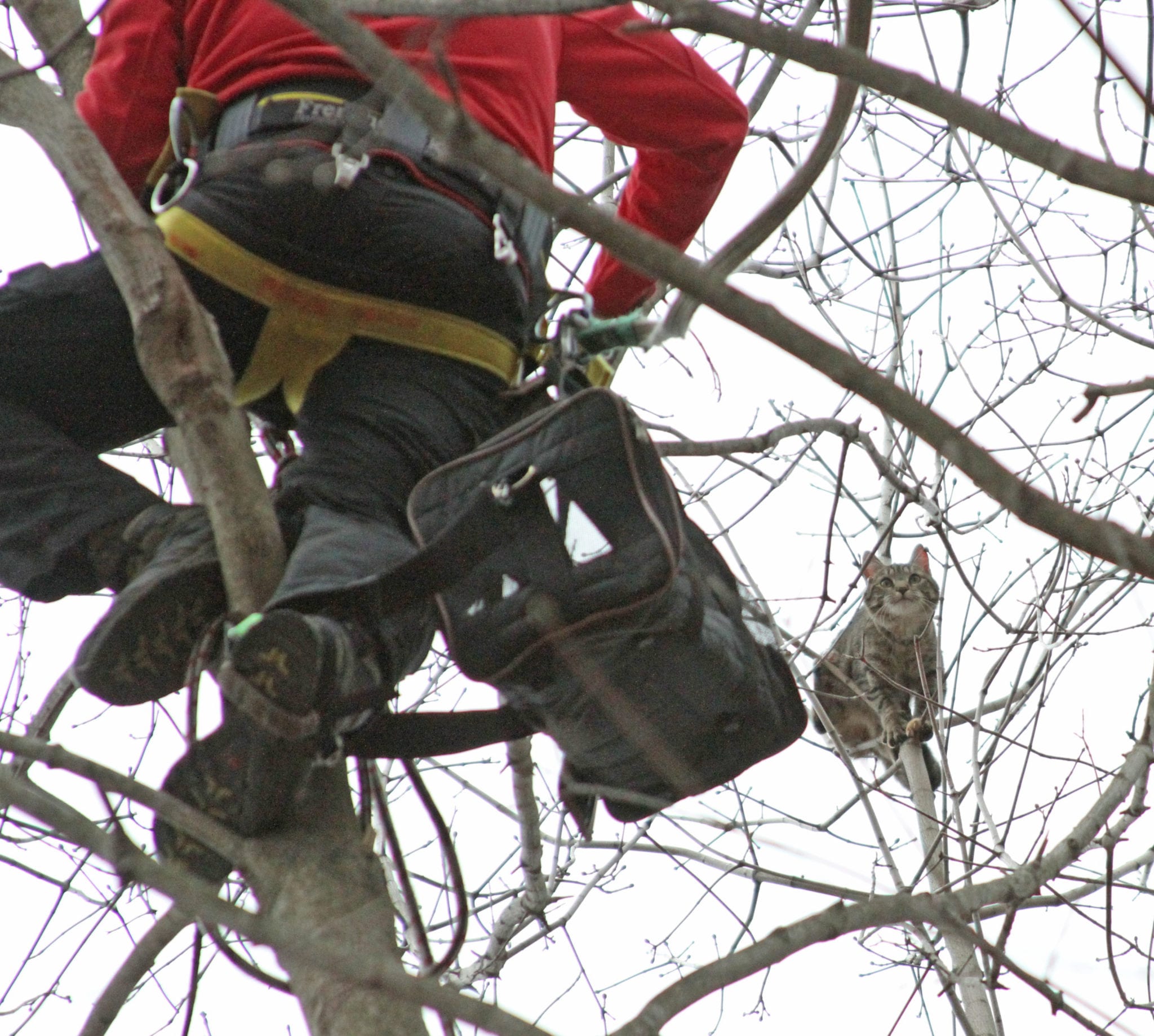


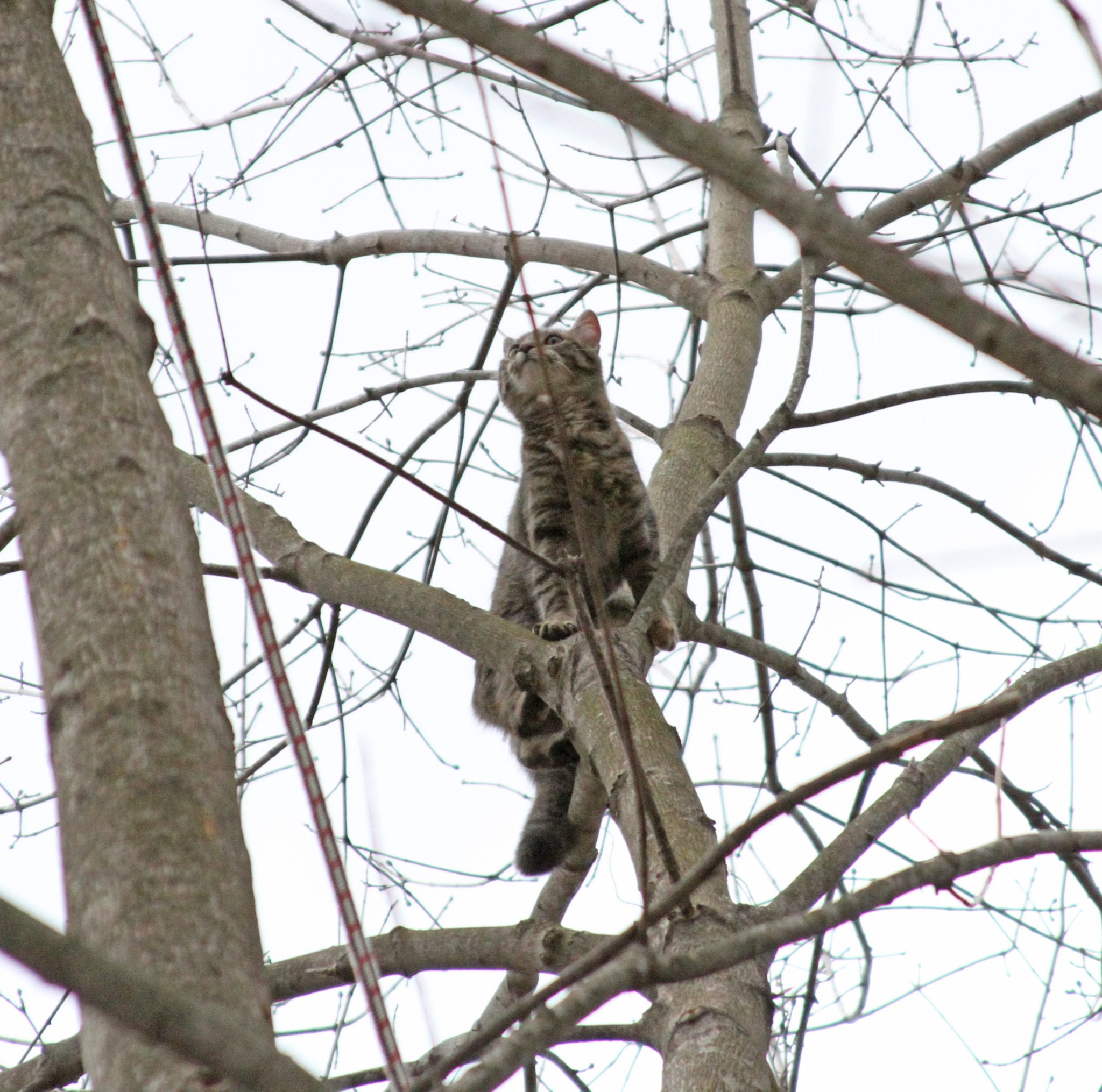


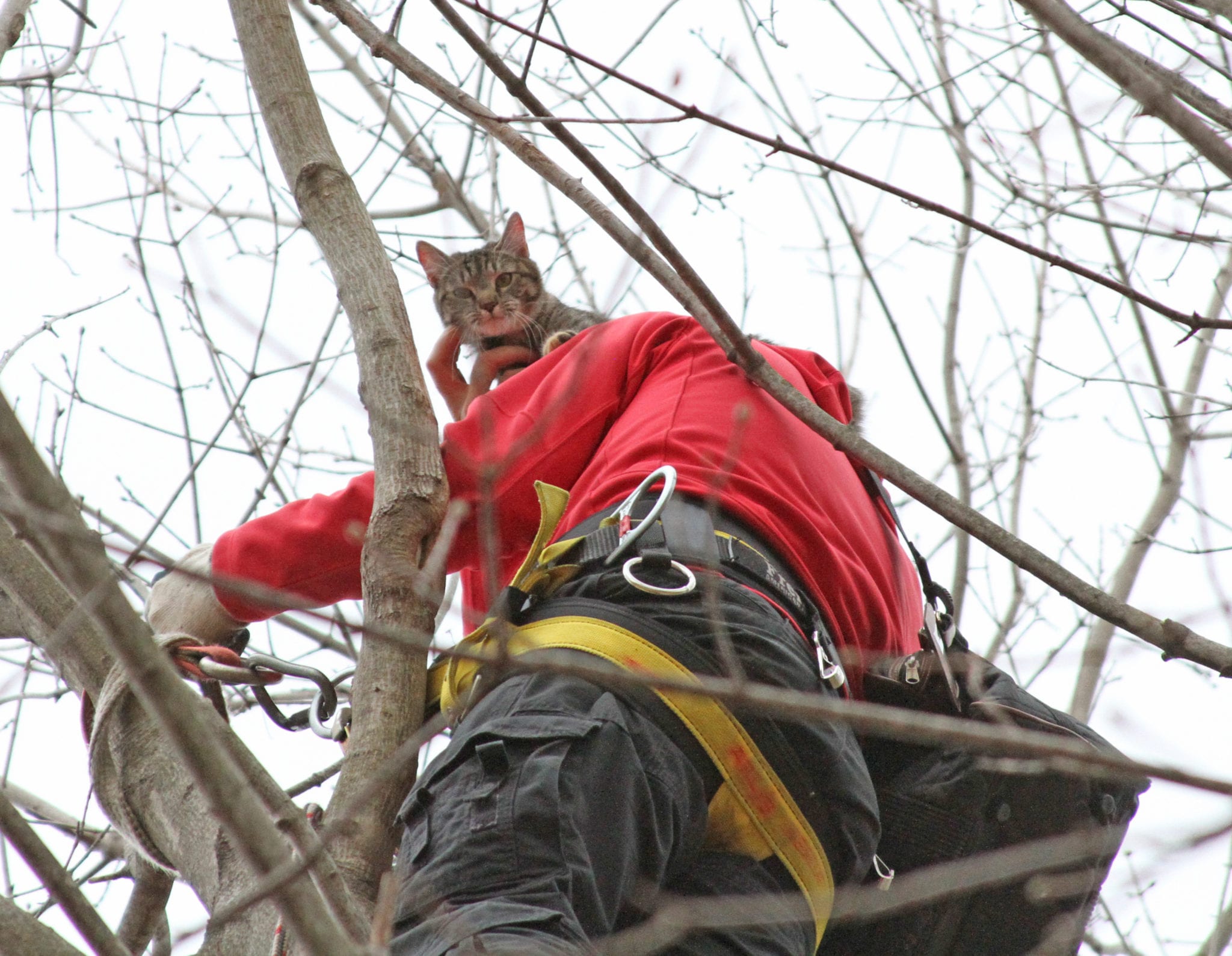
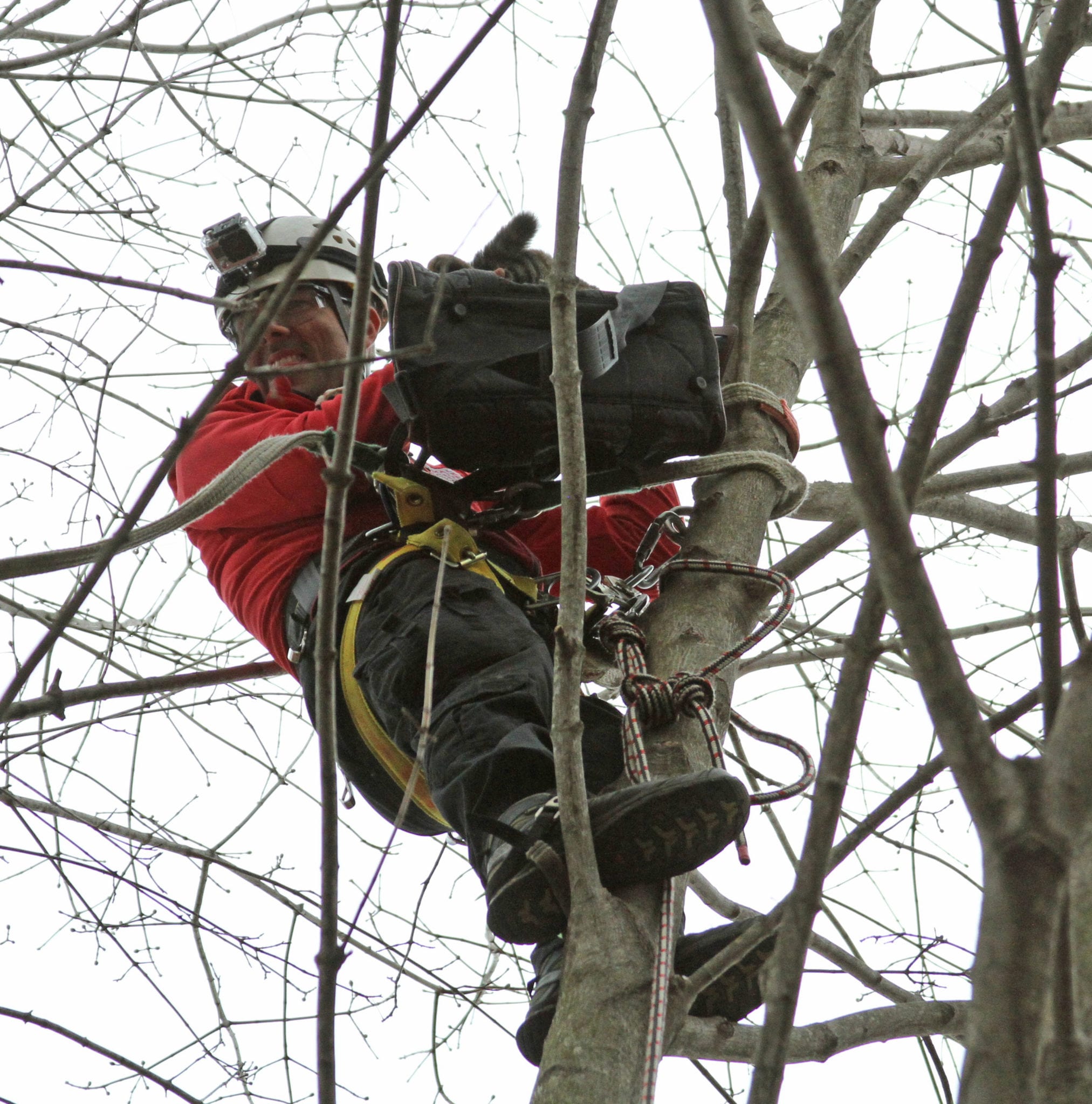








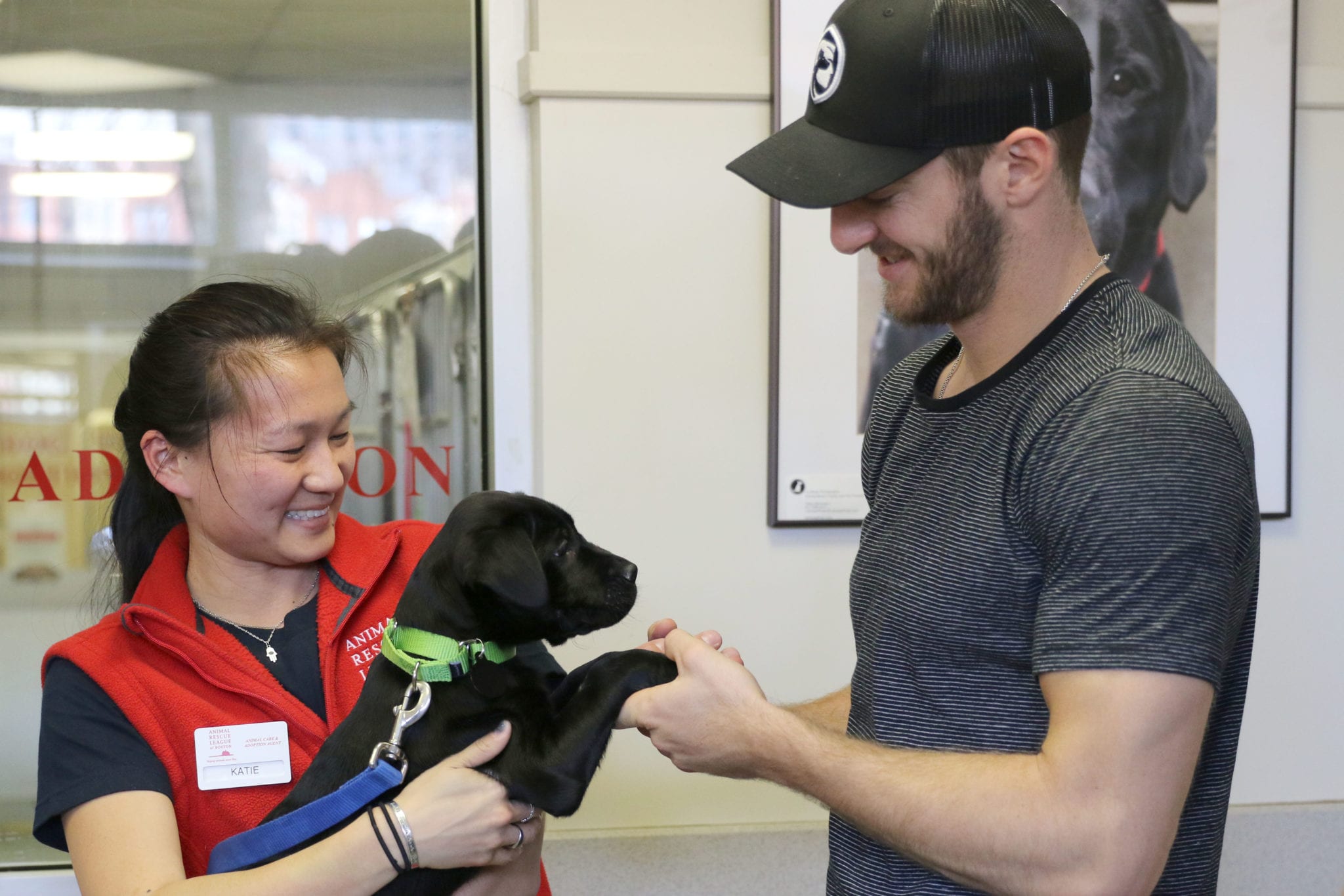





 In 2016, ARL served more than 17,800 animals throughout Massachusetts.
In 2016, ARL served more than 17,800 animals throughout Massachusetts.